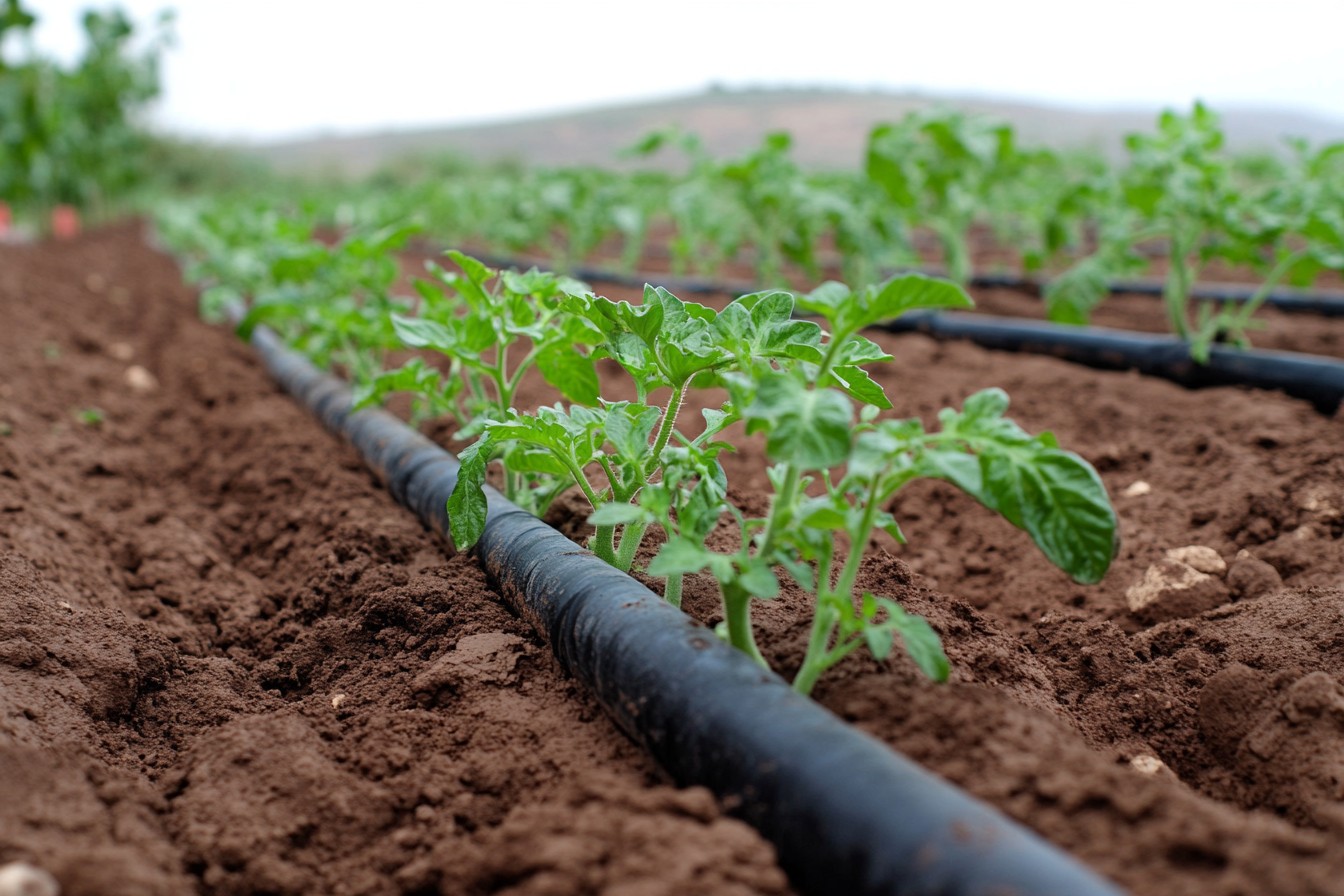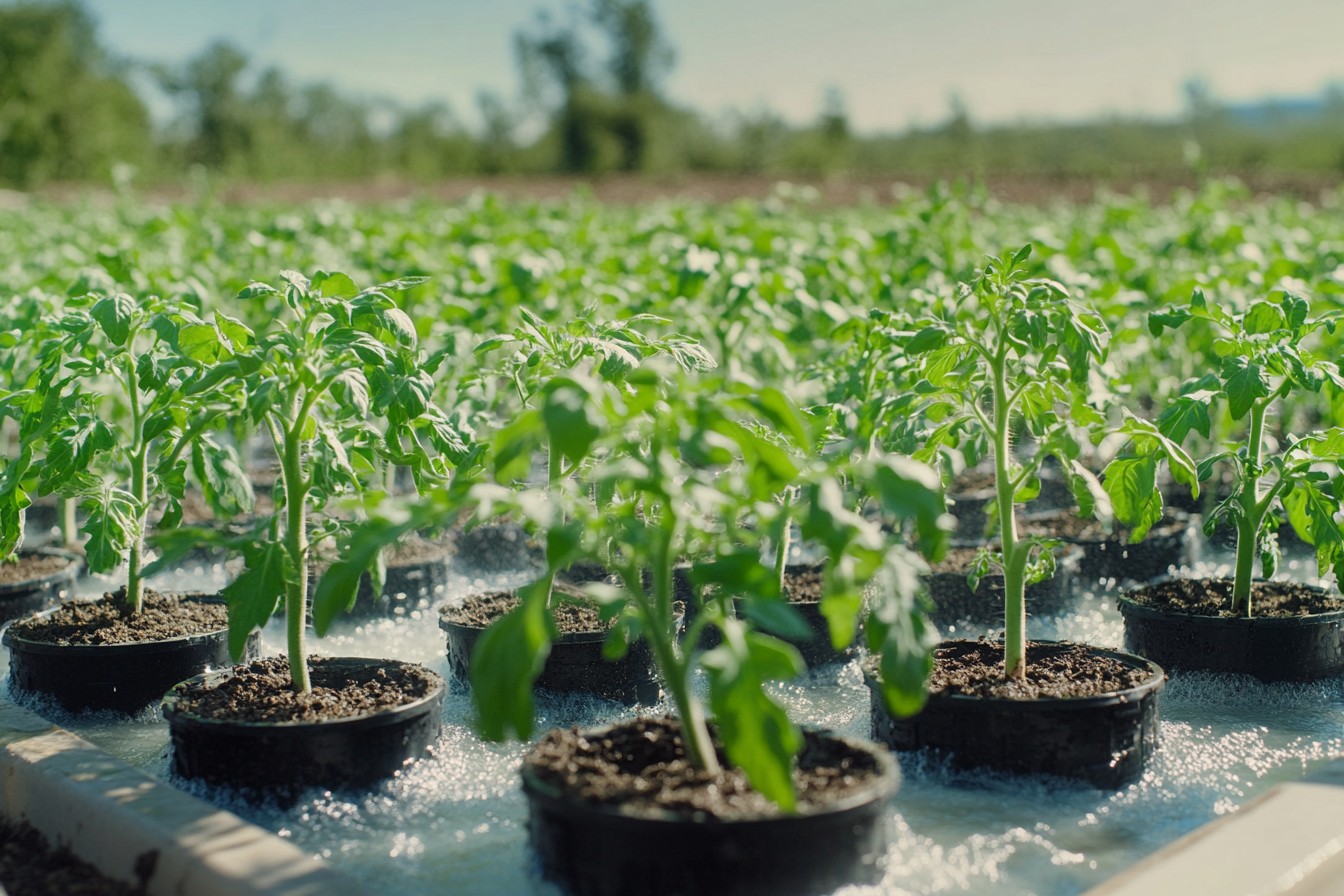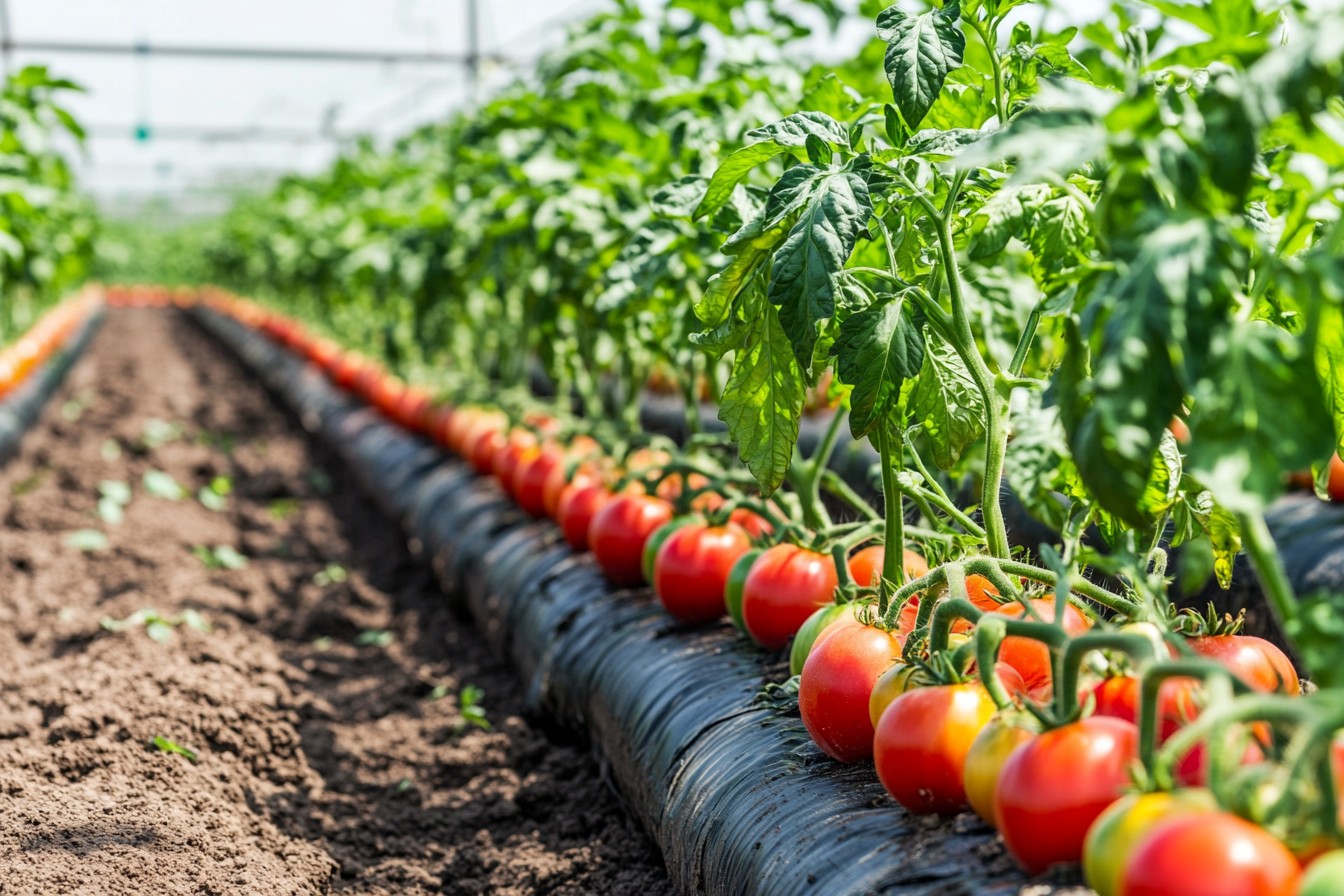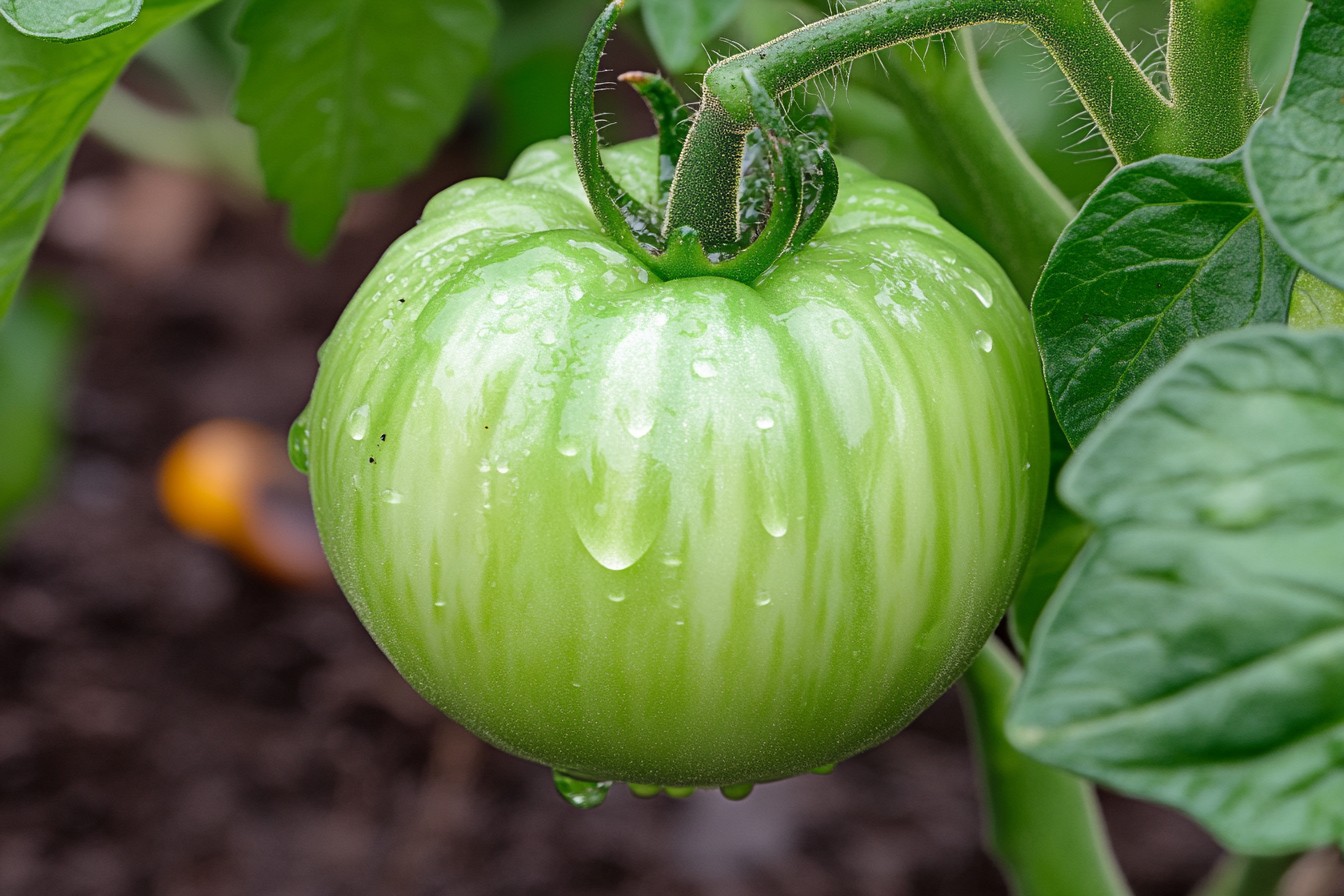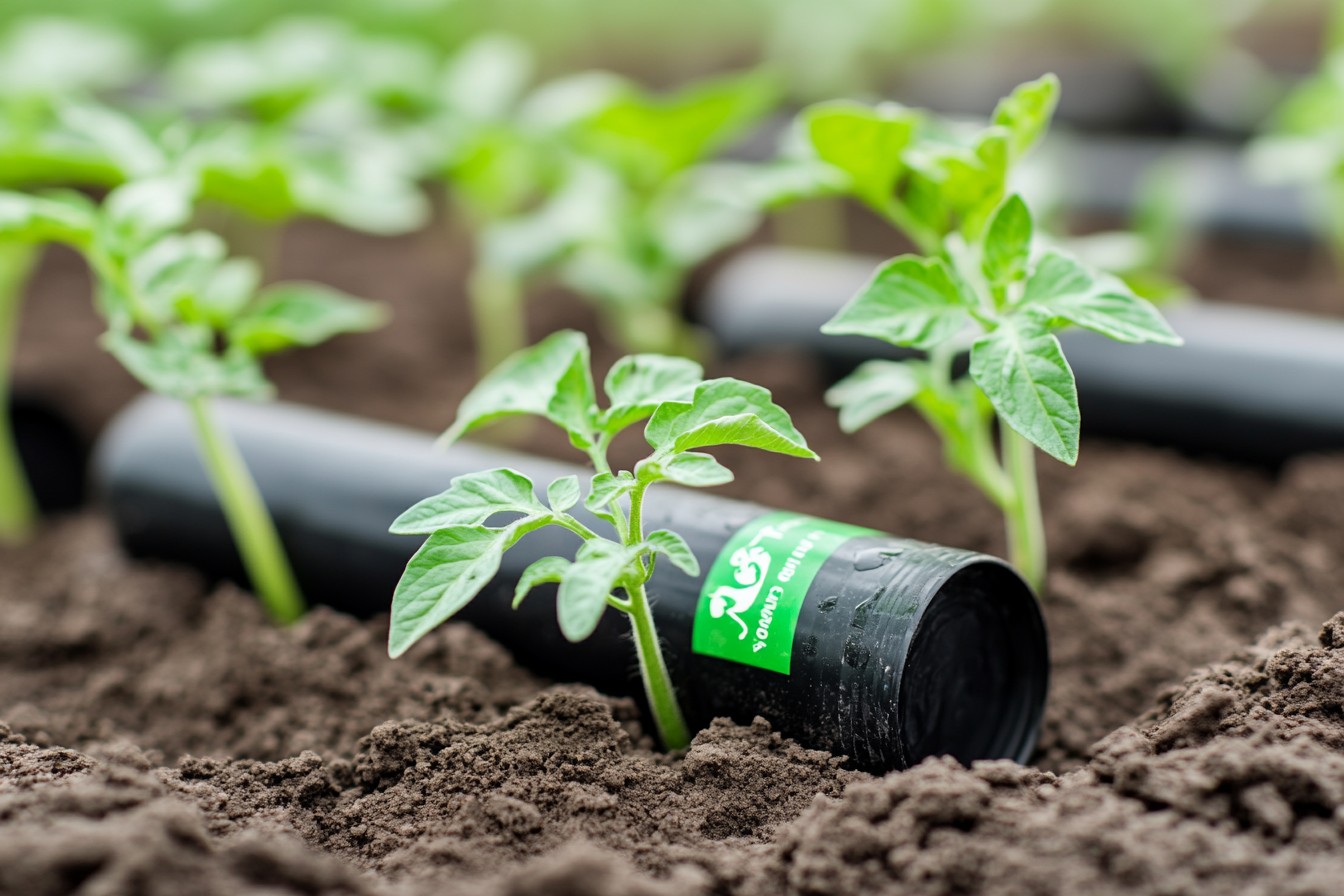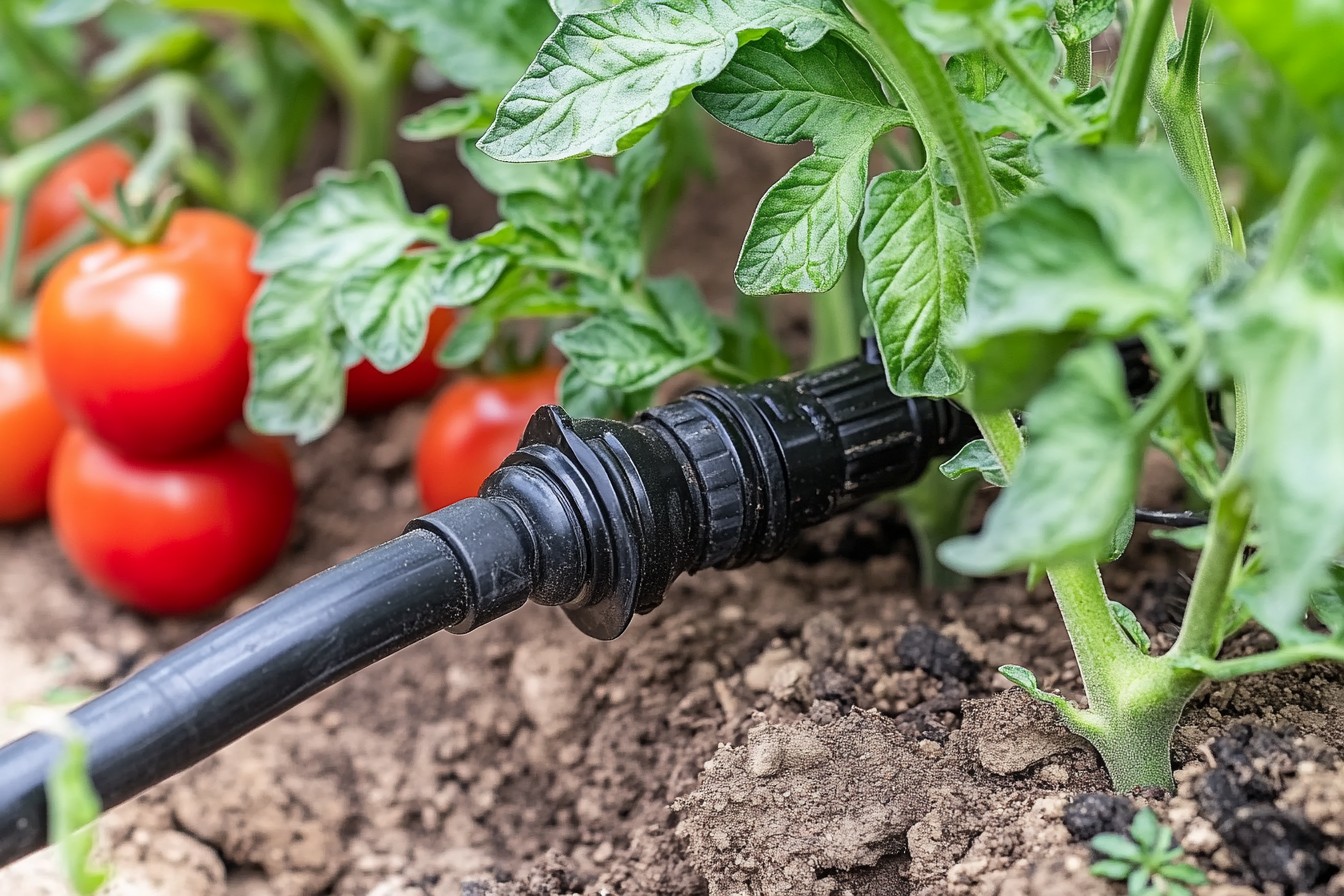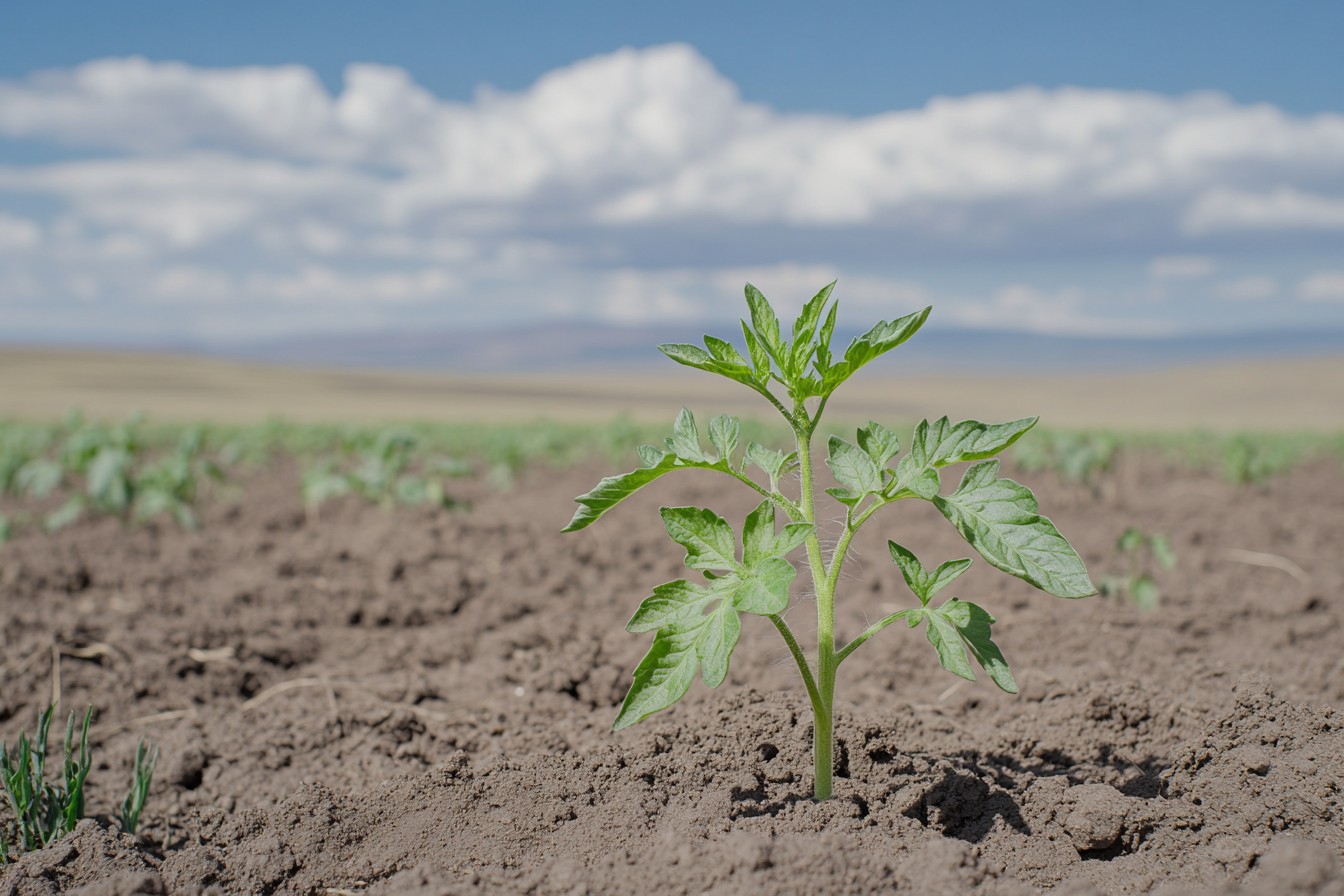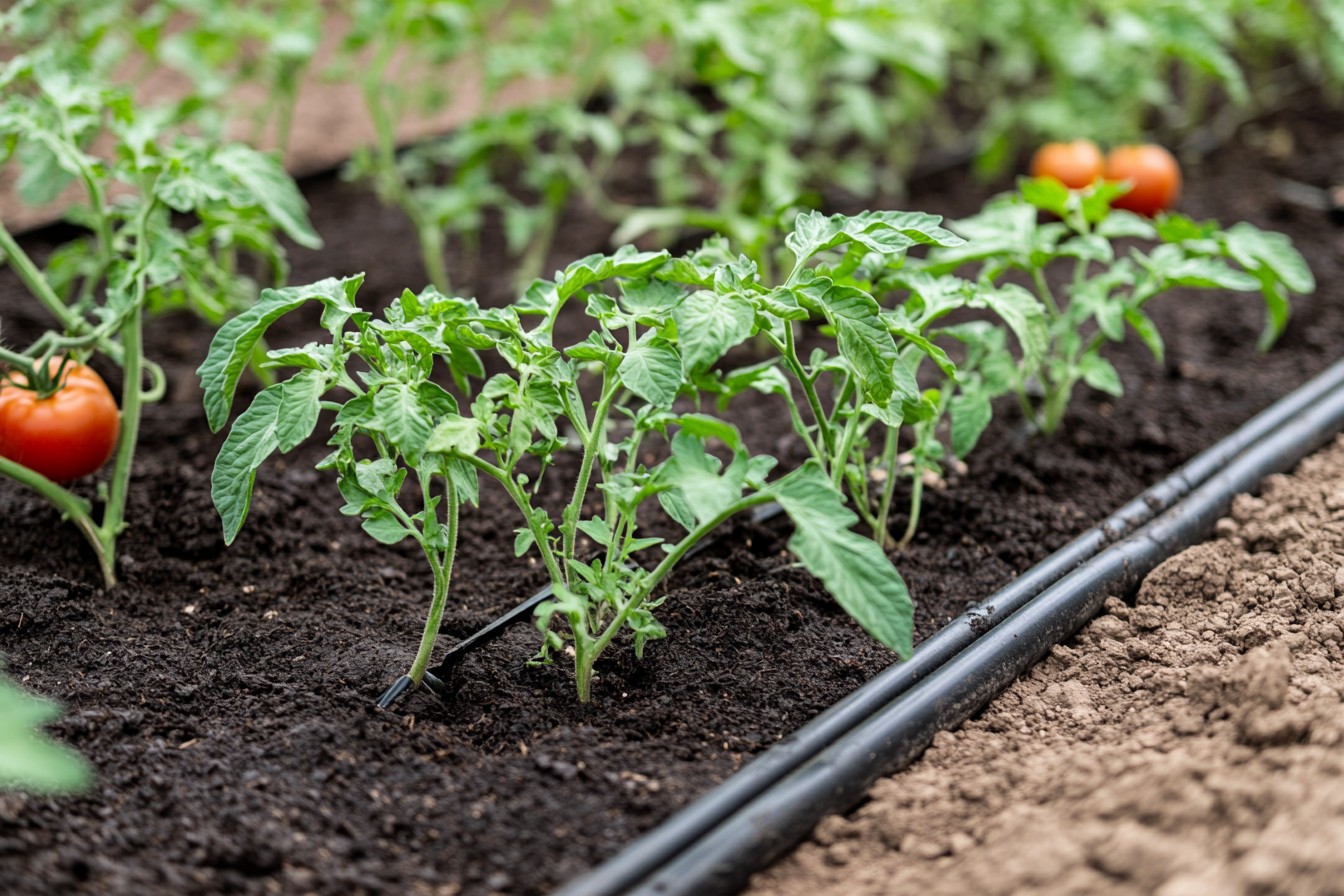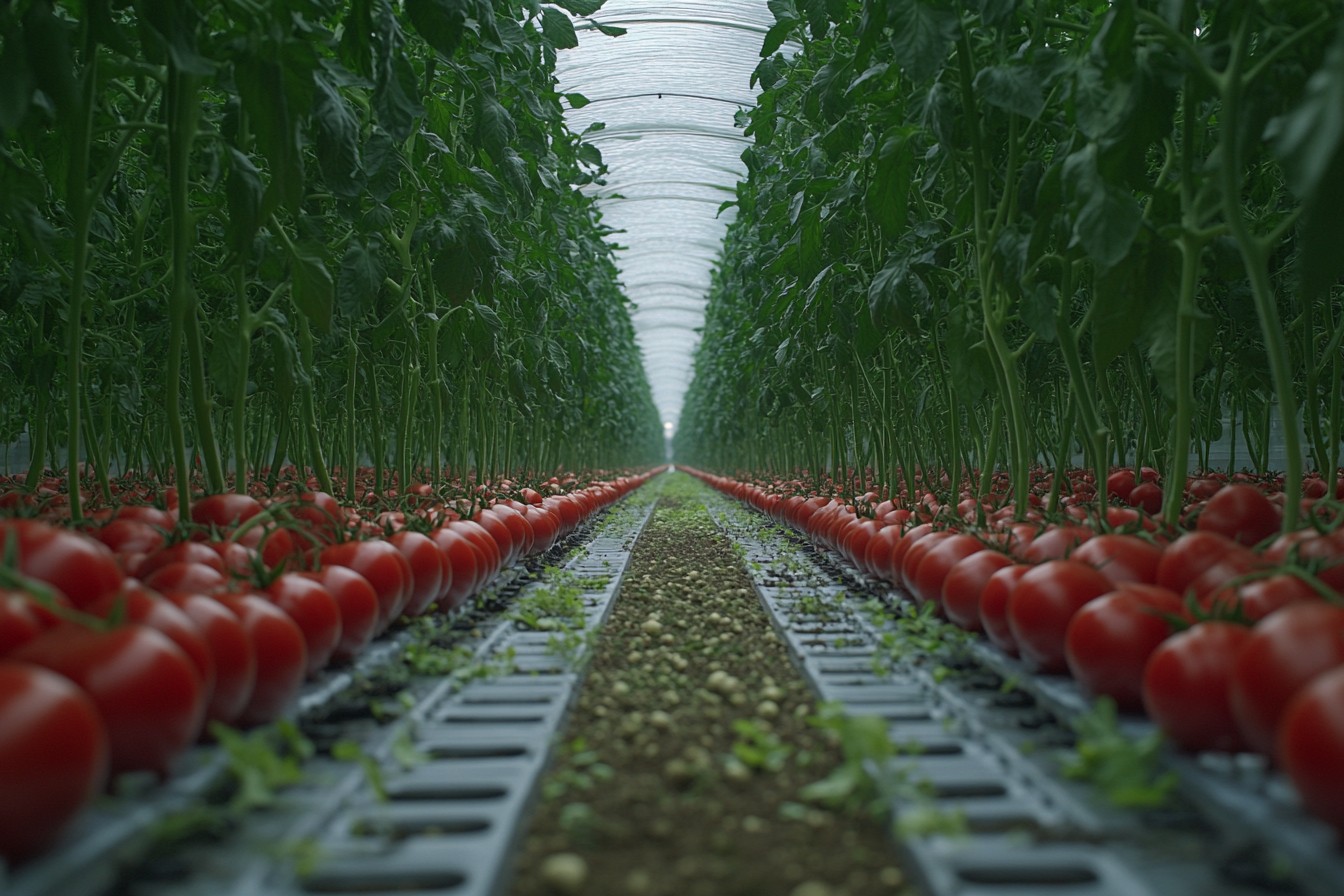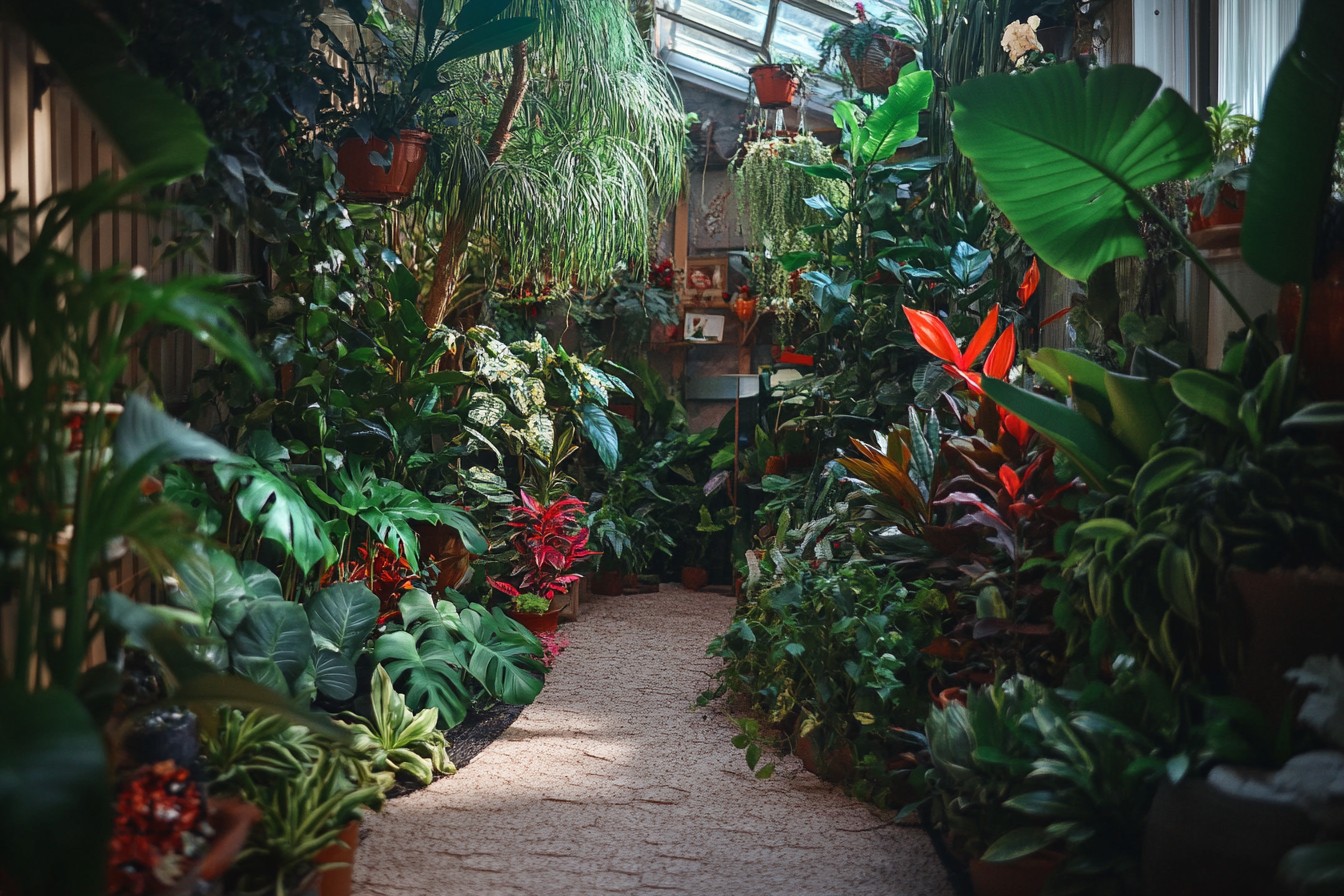The moment that pushed me over the edge wasn’t particularly dramatic. I was just standing in my shower one morning, half awake, watching gallons of perfectly good water circle the drain while simultaneously thinking about the rising water bills for my drought-tolerant garden. The cognitive dissonance hit me like a wet loofah to the face: why was I obsessing over drip irrigation efficiency outside while literally letting clean water pour down the drain inside?
I’d love to say the idea for my shower-to-toilet greywater system came from a place of pure environmental virtue, but honestly, it was about 40% environmental concern, 35% fascination with plumbing challenges, and 25% spite toward my water company, which had recently hiked rates by 12% “to encourage conservation” (translation: to make more money). My girlfriend Harper likes to remind me that spite is not a sustainable motivation for home improvement projects, but she’s wrong—spite has fueled approximately 73% of my successful DIY ventures. For the uninitiated, greywater is the relatively clean wastewater from showers, bathroom sinks, and washing machines—basically any household water that hasn’t come into contact with poop.
It can be filtered and reused for non-potable purposes, like flushing toilets or watering gardens. In theory, it’s simple. In practice, as I would discover, it’s a dance of plumbing codes, filtration problems, and explaining to houseguests why your toilet makes that noise.
First came research, and lot of it. I went down an internet rabbit hole so deep I emerged speaking in acronyms and flow rates. There weren’t many off-the-shelf solutions for shower-to-toilet systems, at least not at a price point that wouldn’t require selling a kidney.
Most commercial systems were aimed at new construction with $2,000+ price tags, which defeated my whole money-saving mission. Custom system it would be. The basic concept was straightforward: capture shower water, filter it, store it, and use it to flush the toilet.
The execution, however, required solving several interconnected problems:
1. Capturing the water without creating a backup that would flood my bathroom
2. Filtering out hair, soap, and whatever else goes down my drain
3.
Storing the filtered water without creating a mosquito breeding ground or science experiment
4. Getting that stored water into the toilet tank when needed
5. Having a backup so the toilet still worked if the greywater system was empty
6.
Making the whole thing aesthetically acceptable enough that Harper wouldn’t move out
My bathroom layout was actually ideal for this project. The shower and toilet shared a wall, and there was an unused corner that could accommodate a storage tank. I started by measuring my typical shower water usage, which turned out to be about 17 gallons for my average shower.
Harper’s were shorter, around 12 gallons. My toilet used 1.6 gallons per flush. Simple math: each of our showers could supply multiple flushes.
The first component I tackled was capturing the shower water. I removed a section of the shower drain pipe and installed a diverter valve—essentially a Y-shaped pipe with a lever that could direct water either down the normal drain or into my collection system. This meant I could still send water down the regular drain when using heavy cleaning products or if the storage tank was already full.
For filtration, I built a three-stage system. The first stage was simply a mesh screen to catch hair and larger particles, similar to a drain cover but finer. The second stage was a homemade filter consisting of a 5-gallon bucket filled with layers of progressively finer materials: pea gravel at the bottom, then sand, then activated charcoal.
The third stage was an actual water filter element scavenged from an under-sink drinking water system—overkill maybe, but I wasn’t taking chances with gunk building up in my toilet tank. The storage solution was a 40-gallon plastic tank—the kind used for rainwater collection—positioned in that unused bathroom corner. I painted it the same color as the bathroom wall and built a thin wooden surround that doubled as a small shelf, making it look semi-intentional rather than like plumbing infrastructure.
The tank had to be elevated about 18 inches off the ground to create enough gravity pressure to fill the toilet tank, which meant building a sturdy platform. Very sturdy. Forty gallons of water weighs approximately 330 pounds, a fact I emphasized repeatedly when Harper questioned whether my carpentry skills were up to the task.
(They were, but just barely.)
Now came the tricky part: getting the water from the storage tank to the toilet. I had two options: rely entirely on gravity (simple but limiting) or install a small pump (more complex but more reliable). I split the difference.
The main feed would be gravity-powered, with the elevated tank connected to the toilet’s existing water inlet via a 1/2-inch PVC pipe. But I also installed a small 12V submersible pump connected to a float switch in the toilet tank, so if the gravity pressure wasn’t enough to fill the tank quickly, the pump would kick in. The backup system was essential—what happens when we’re on vacation and no one’s taking showers?
I installed a three-way valve that could switch between greywater and the regular water supply. A float switch in the greywater tank would automatically switch to municipal water when the tank level dropped too low. This meant no one would ever be stuck with an unfillable toilet, an emergency I’m told most houseguests prefer to avoid.
Preventing odors was a major concern. Greywater doesn’t usually smell immediately, but give it a day or two sitting stagnant, and it becomes… noticeable.
I installed a small vent fan similar to what you’d use in a fish tank, keeping air circulating through a carbon filter. For extra protection, I added a system that automatically dosed a tiny amount of hydrogen peroxide into the tank every 24 hours. It was just enough to prevent bacterial growth without creating any harmful byproducts.
The whole system was tied together with a ridiculous amount of PVC pipe, fittings, waterproof silicone, and the occasional application of what my dad calls “persuasive tapping” with a rubber mallet. I’ll admit there were several moments during construction when I found myself lying on the bathroom floor, staring at the ceiling, questioning my life choices. Especially after the “incident” when I accidently connected a pipe to the wrong fitting and created an impressive impromptu water feature in the bathroom.
Harper found me soaking wet, holding a pipe wrench, surrounded by towels, and wisely decided not to ask questions. After three weekends of work, several emergency trips to the hardware store, and one very confusing call to a plumber who hung up when I tried to explain what I was building, the system was ready for testing. I stood in the shower, water running, watching anxiously as it flowed through the diverter, through the filters, and into the storage tank.
No leaks! Well, one small leak, quickly addressed with more silicone and persuasive tapping. The toilet flushed perfectly with the greywater, and the automatic switchover to municipal water worked when I manually lowered the tank level.
Success! The total cost broke down as follows:
– Diverter valve and PVC plumbing: $87.32
– Filtration materials: $64.19
– Storage tank: $109.99
– Platform lumber: $42.67
– Pump and float switches: $78.45
– Backup system components: $56.77
– Odor control system: $39.21
– Miscellaneous (silicone, electrical, tools, band-aids): $84.88
Grand total: $563.48
That’s not cheap, but not outrageous either. The question was: would it actually save enough water to be worth the investment and bathroom real estate?
The first month’s water bill provided a partial answer. Our household usage dropped by approximately 27.3% compared to the previous month, and 31.2% compared to the same month the previous year. Given our water rates of about $9.35 per 1,000 gallons, we saved roughly $17.44 that first month.
Not exactly retire-early money, but it would add up over time. The real data collection began after that. I installed a simple flow meter on the pipe coming from the greywater tank to the toilet to measure exactly how much reclaimed water we were using.
Over six months, the numbers told an impressive story:
Average shower output:
– Me: 17 gallons/shower × 7 showers/week = 119 gallons/week
– Harper: 12 gallons/shower × 7 showers/week = 84 gallons/week
– Total: 203 gallons/week of greywater captured
Average toilet usage:
– Combined: 1.6 gallons/flush × ~70 flushes/week = 112 gallons/week
This meant we were capturing more than enough shower water to handle all our toilet flushing needs, with excess occasionally going to the regular drain. The system was offsetting approximately 5,824 gallons of water per year that would otherwise come from the municipal supply. At our water rates, that’s an annual savings of $54.45—not factoring in the sewage charges, which are calculated based on water usage and would add another $30 or so in savings.
So the payback period would be… roughly 6-7 years. Hmm.
Not exactly the triumphant financial victory I’d hoped for when pitching this project to Harper. But then again, water rates increase almost every year, so the actual payback would likely be faster. And there were other benefits beyond the strict financial calculation.
For one, we had emergency flush capability during water outages, which came in handy when a water main broke on our street and left the neighborhood without water for 11 hours. Our neighbors were filling toilet tanks with bottled water while we flushed with impunity. There’s a certain smug satisfaction in that I’m not proud of but can’t deny.
There were learning experiences too. I discovered that certain shampoos created more filter-clogging residue than others, leading to an unnecessarily detailed analysis of Harper’s hair care products that she found somewhere between amusing and concerning. I learned that the average person unconsciously flushes the toilet while still sitting approximately 17% of the time (sample size: me and Harper, methodology: shouting in alarm when the toilet made the distinctive greywater system gurgle while still in use).
Maintenance has been surprisingly minimal. I clean the primary filter weekly, which takes about 3 minutes. The secondary filtration media needs replacing every 4-6 months, a 30-minute job.
The tank itself gets a thorough cleaning twice a year, which is admittedly a bigger project involving draining, scrubbing, and sanitizing—about 2 hours of work that leaves me questioning my life choices all over again. The biggest unexpected benefit? Shower awareness.
When you know your shower water is going to a second use, you become hyper-conscious of what’s going down the drain. We switched to more environmentally friendly soaps and shampoos, cut down on shaving cream (a filter killer), and generally became more mindful about water usage. Our actual shower duration decreased as well—we each shaved about 2 minutes off our average times without really trying, just from increased awareness.
After almost two years, the system continues to function perfectly (knock on wood). We’ve made small tweaks—upgrading the pump to a more efficient model, adding a small UV light in the tank for extra microbial control, improving the accessibility of the filters for easier maintenance—but the core design has proven solid. Is a DIY shower-to-toilet greywater system for everyone?
Absolutely not. It requires comfort with plumbing, tolerance for potential disasters, space for a storage tank, and a willingness to explain to every single houseguest why the toilet makes that strange sound and why, no, there’s nothing wrong with the slightly grayish water in the bowl. It requires a partner who doesn’t mind living with someone whose eyes light up when discussing the finer points of three-way diverter valves over dinner.
But for the right person (read: slightly obsessive water-conscious tinkerers with tolerant significant others), it’s a project that brings a disproportionate amount of satisfaction relative to its actual environmental impact. There’s something deeply satisfying about creating a tiny closed-loop system in your home, about making visible the water cycle that’s normally hidden in pipes and infrastructure. Harper still thinks I went a little overboard.
She might be right. But every time we flush our toilet during a water restriction or drought warning, there’s a moment of shared pride in our little act of water rebellion. And sometimes, that’s worth more than the most favorable cost-benefit analysis could ever show.
